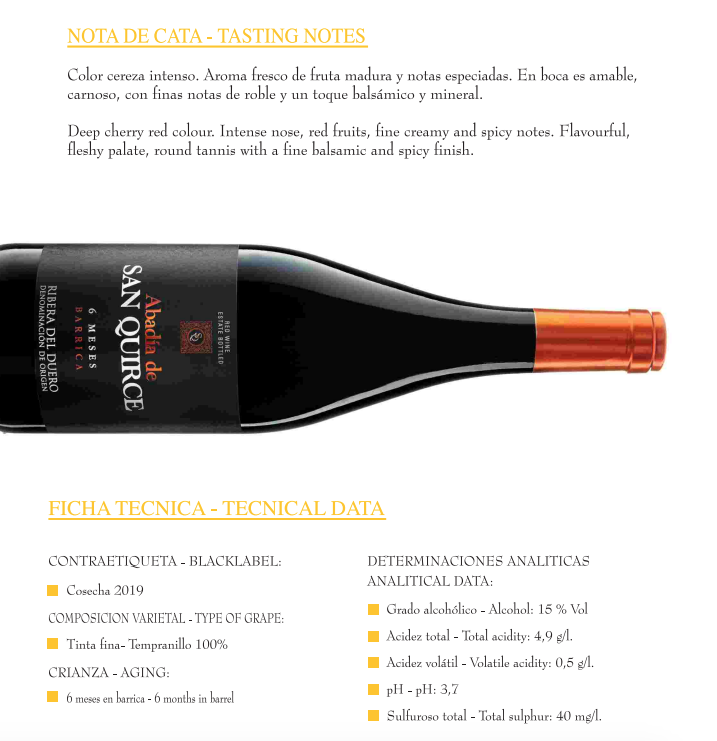
It has been a while since my last recommendation, mainly because I haven't really experimented much recently, but not so long ago I had a special meal that warranted some special wine so I decided to adventure out and try some Ribera del Duero Reds which I had never tried before. Under repeated recommendation from friends in the know, I took home some bottles from Bodegas Abadia San Quirce. What a pleasant surprise and what a great wine. It tasted like a Ribera worth twice the price. As vineyards go, this one in question is actually a fairly young one, even though their vines are much older.
In 1998 a group of businessmen and viticulturists, all of them linked to the Ribera del Duero, set the foundations for Bodegas Abadía San Quirce. That year, and after an enormous amount of research, the construction of the winery began, in one of the areas of Ribera del Duero with the greatest winemaking tradition, possessing very old vines and with extraordinary quality.

Since its founding, Bodegas Abadía San Quirce has made a firm commitment to quality. High-quality wines that reflect the typical characteristics of the soil and the native varieties of the land. As a result, they have walked away with prizes every year for the past decade or more.
Bodegas Abadía San Quirce has a total of 21 hectares of the Tinta Fina variety (Tempranillo) in Aranda de Duero and La Aguilera. It also controls another 80 hectares, of the same variety, distributed between the towns of Gumiel de Izán and La Aguilera.
Every vine is shaped like a glass "forma en vaso", as was traditionally done in this region. The ages of the vineyard range from 15 for the youngest to over 100 years old, from pre-phylloxera vines planted in 1900. Being such an old vineyard, it is spread over numerous plots with different types of soils (sandy, limestone, clay-loam). This allows them to obtain grapes that, even though they are of the same variety, are totally different due to the character that their particular terroir gives them.
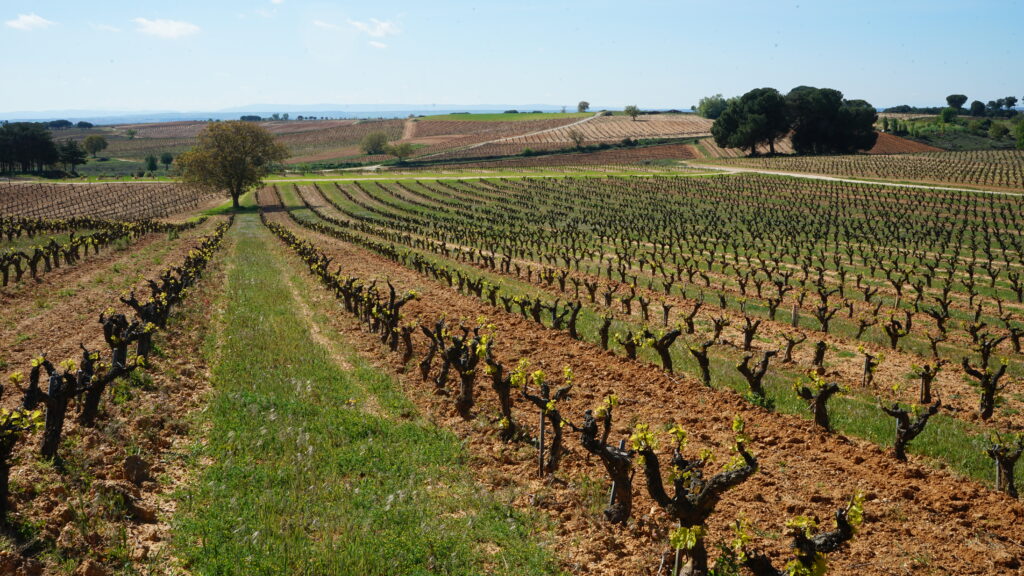
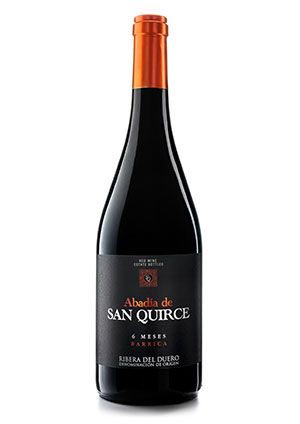
All pruning and harvesting work is done manually in this vineyard. This way, at harvest time, an important selection is made in the field.
The alcoholic fermentation takes place for the most part in stainless steel tanks. A small part of the grapes that are specially selected is fermented in French oak barrels with 900 litres capacity each.
Once the grapes are in the tank, after being destemmed and slightly crushed, a cold pre-fermentation maceration is done for 3-5 days at a temperature of 4-6 ºC, which allows a greater extraction of anthocyanins and aromatic precursors.
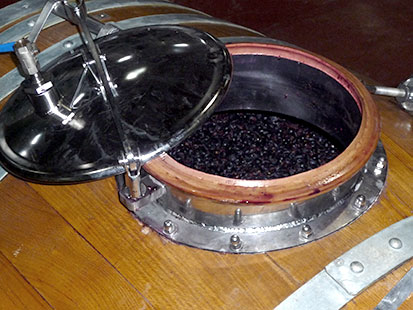
After this period they let it rise in temperature naturally and the alcoholic fermentation begins, which consists of the transformation of the sugars of the grape into alcohol, as well as the formation of other secondary compounds that will give rise to the wine. Once the alcoholic fermentation is finished, the grapes continue to macerate between 7 and 15 days.
Once the maceration is finished, it is uncovered, separating the liquid part from the solids and the paste is pressed. This is carried out at very low pressures to avoid the breakage of the seeds and the extraction of unwanted compounds.
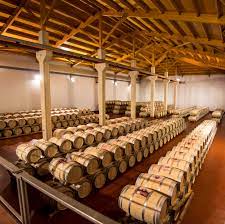
The second stage of this process consists of malolactic fermentation. They do this in oak barrels and the time it takes is variable, depending on the amount of malic acid in the grape each year.
This meticulous process results in a collection of wonderful wines. Not all are within my budget for a regular glass but one has made it into my personal "bodega": 6 Meses - Barrica. At just €8,50 in Carrefour, it really is a bargain for a Ribera del Duero of this quality and characteristics. I highly recommend trying it and pairing it with some manchego cheese. You won't regret it!
